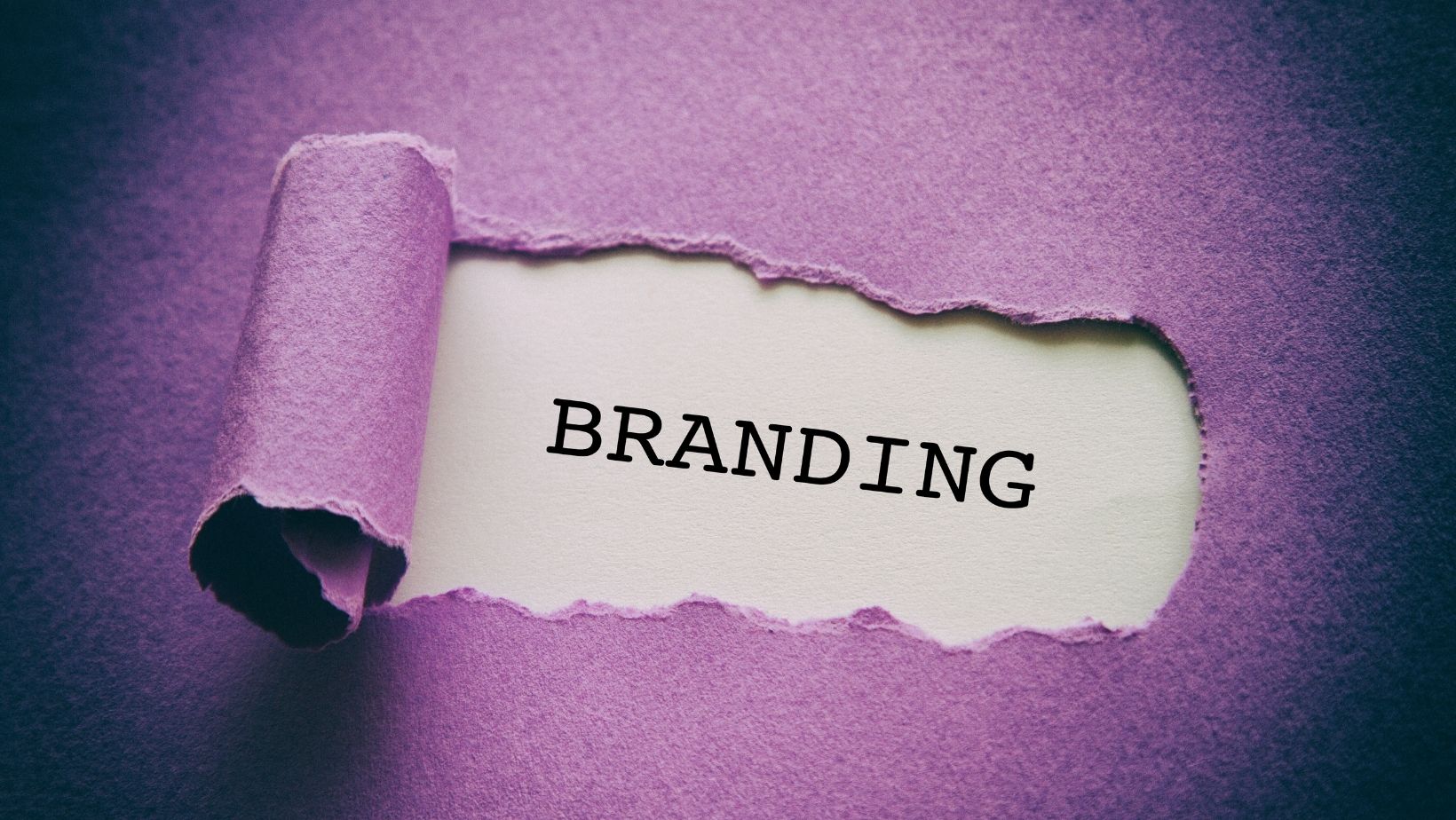The world of gambling marketing has entered a new chapter. Across the European Union, countries are rolling out advertising laws that limit how and where gambling can be promoted. These changes aren’t aimed at banning gambling itself, but at pushing it out of the public eye—especially where younger or vulnerable people might be exposed. Lithuania’s legislation, which came into force in July 2025, is currently among the most far-reaching. It’s forcing gambling operators, sports clubs, and digital advertisers to rethink how they engage audiences.
From billboards to blackout: what’s actually changing
Lithuania’s gambling advertising law introduces a layered set of restrictions that will be gradually enforced until 2028. It includes bans on outdoor advertising (billboards, window displays, and screens in public areas), time-based limitations on TV and radio ads, and strict controls over digital ad formats. For more information about the specifics of these upcoming regulations, see Lithuania’s new gambling advertising law.
These restrictions are part of a wider European movement. Spain, Italy, and the Netherlands have all introduced similar laws in recent years. The approach isn’t to outlaw gambling, but to limit its reach in everyday life. The goal is to reduce impulsive engagement, protect minors, and promote a more cautious cultural attitude toward betting.
Branding in the absence of ads
With traditional advertising channels vanishing, gambling brands are now under pressure to communicate differently. Operators are shifting their focus to trust, usability, and product clarity. Instead of depending on loud campaigns and promotional blitzes, platforms are investing in clean design, simplified navigation, and clear responsible gaming messages.
That means product teams, rather than marketing departments, are increasingly responsible for visibility. A smooth signup process, transparent bonus terms, and strong mobile optimization are now doing the work that flashy banners once did.
Brand equity is becoming more about consistency and less about presence. Operators that can provide stable user experiences, fast withdrawals, and dependable support are gaining traction—quietly.
The new sponsorship dilemma in European sports
In the past, many sports organizations, from football to basketball, relied heavily on sponsorships from gambling companies. These deals often included prominent branding on team shirts, billboards at events, and significant exposure during live broadcasts. But with the new rules in Lithuania and other countries following suit, these types of sponsorships are being redefined.
Sponsorships are no longer about visibility; instead, they’re about creating deeper, more meaningful engagements. Operators and sports organizations are being forced to rethink their partnerships and the role that gambling companies can play in their funding. No longer can a betting brand simply plaster its name across the field — it now needs to contribute in a way that’s more responsible and less intrusive.
For further details on the gambling advertising restrictions in Lithuania and how these new laws are impacting sponsorships and gambling visibility, see the full breakdown.
Product experience over promotion
In the absence of traditional ad tools, the product itself has become a brand’s most powerful message. That’s especially true for gambling platforms, where user expectations around speed, fairness, and interface design are rapidly increasing.
Operators are turning toward features that quietly speak for them: quick verification, transparent payout terms, mobile-optimized gameplay, and responsive support. These are the touchpoints that now define brand loyalty in a heavily regulated space.
At the same time, platforms must avoid gamified manipulation. Clear information, frictionless onboarding, and upfront terms are being prioritized over gimmicks.
The long game: Public health, not profit
The legislative tone across the EU is becoming clearer: advertising that stimulates impulsive gambling is a public health concern. Lithuania’s model is driven by the goal of reducing addiction risks and shielding younger audiences from constant exposure.
It’s not about banning gambling—it’s about limiting how publicly it operates. This nuance allows licensed operators to continue offering services while pushing unlicensed, unregulated platforms further out of reach.
Public health advocates support this shift. Researchers have found consistent links between advertising frequency and the likelihood of risky gambling behavior. The move toward quieter, more regulated visibility is widely seen as a protective measure.
In practice, this means that gambling ads are expected to follow stricter criteria for content, timing, and placement. Governments are focusing on exposure: how often people encounter gambling messages and in what context.
Platforms that once relied on high-volume, high-impact campaigns are now required to scale back and adopt more responsible strategies. This includes limiting push messages, avoiding exaggerated wins, and refraining from emotional appeals.
The shift is also cultural. The message being sent across Europe is that gambling is not a lifestyle — it’s a regulated service that should be presented with caution.
Long-term, this will likely influence how gambling is perceived by younger generations, shaping norms around risk, reward, and entertainment.
How brands are adapting to the changing landscape
Gambling operators that relied on aggressive promotions are now forced to evolve. Some are expanding into content-driven engagement—creating tutorials, tools, and responsible play guides. Others are turning to private communities and direct communication with verified users.
Marketing departments are focusing less on acquisition and more on retention. Newsletters, push notifications, and loyalty programs are now tightly tailored and strictly segmented to comply with regulations.
These changes are not temporary. They’re signaling a long-term transformation in how gambling fits into media, sports, and consumer culture.
In adapting to these rules, successful operators are building their strategies around:
- Direct-to-player messaging that respects privacy and compliance
- Educational campaigns about safe play
- Gamified loyalty tools that prioritize control over risk
- Removing urgency and countdown-style pressure from promotions
Operators that embrace these changes are discovering new opportunities to build credibility. Instead of chasing one-time players with flashy offers, they’re fostering long-term relationships built on transparency.
Some are even moving toward co-branded responsible gambling initiatives, teaming up with regulators, NGOs, or sports bodies to deliver balanced messaging. This not only builds trust but also opens doors to public-private collaboration.
The brands that succeed in this environment will be those who treat regulation not as a hurdle—but as a roadmap.
Looking ahead: A less visible future
The message from Lithuania and others is not just regulatory—it’s cultural. Gambling will still exist, but its voice in public space will grow quieter. The challenge for operators is to accept this shift and invest in responsible, long-term relationships with their players.
Over the next few years, the industry will likely see fewer mass campaigns and more targeted, compliance-friendly strategies. The result could be a healthier balance between gambling as entertainment and the need to protect individuals from its potential harms.
Operators who adapt early will lead the market—not just in compliance, but in credibility.



